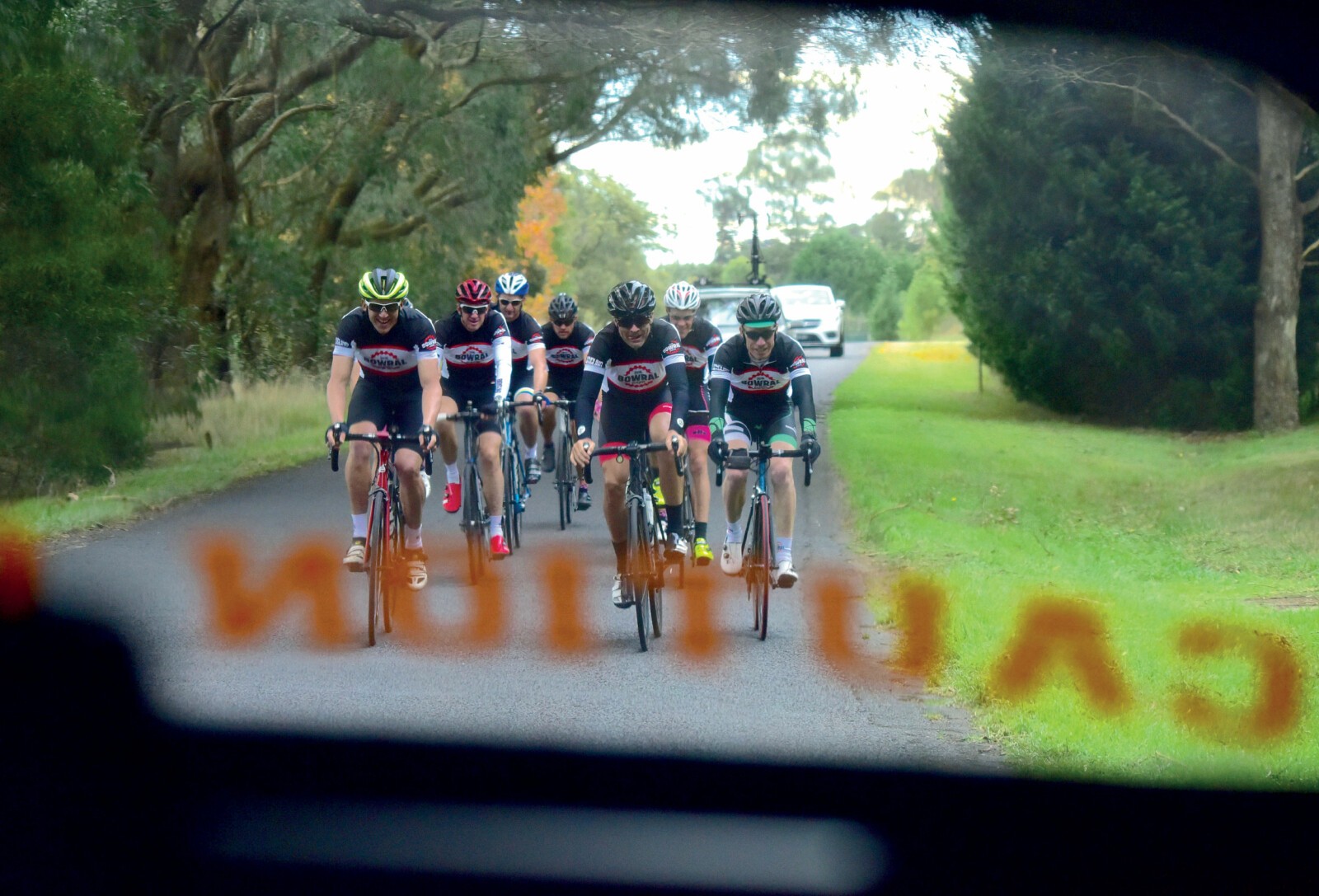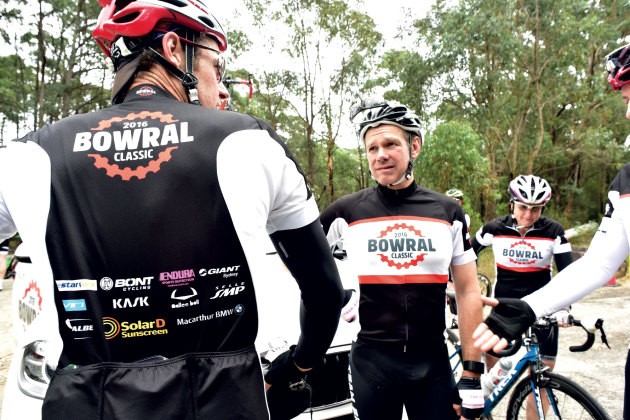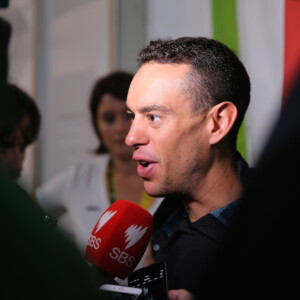This is the second of three articles intended to assist readers in preparing for the Bowral Classic Gran Fondo in October. If you missed part 1, I discussed what is a Gran Fondo and provided a six month program for those taking on the full distance of 160 km. You might want to track that article down and read it, but rest assured this article will stand on its own.
That first article focussed on the 160 km ride because pretty much any rider with enough ambition to start training for the ride from six months out is ambitious enough to tackle the full route. This instalment will focus on the 90 km ride because there are now four months to go until the big day and many of the recently committed will not be wanting to take on 160 km.

90K prep
While you might want to treat this event like a race, the reality is that most people are participating to have a nice ride on their bike in the company of many other cyclists. To this end, the training program I have put together for you is not one designed to optimise your finishing spot; rather it is to make sure you have a pleasant day and get to the end without struggling (too much!).
This plan works with two weekday morning sessions and two weekend sessions. As presented those weekday rides are Wednesday and Thursday for several reasons. If the weekend leaves you feeling a bit weary in the legs, then having two days off will maximise your recovery. Even if it doesn’t leave you too tired, you’ll still have fresher legs on Wednesday. Putting the climbing repeat after the climbing interval maximises the effectiveness of the CR. Friday is another day off in order to feel good for the big ride of the week – the Saturday ride. Sunday’s ride is considerably shorter than Saturdays – backing up with a second ride will more quickly build some endurance in those legs without going over the top in the process.
The two weekday rides run around one hour each, depending on how far it is to your local appropriate hill. The reality is that they are based on the number of efforts done in each session so you can shorten or lengthen either with less (or more) warm up and cool down. The weekend rides are intended to build you up to the 90 km distance, and so they are distance based. Riding 90 km in a fast bunch on flat terrain might take two hours, but riding the same distance solo in hilly terrain might well take more than twice as long. Remember that the Bowral area, and course, are quite hilly – it pays to do a lot of your weekend riding on hills if you can.
Time to ride
As with any training program, the real key to getting the most out of it is consistency of performance. Stick to the schedule and you’ll find your riding progressing nicely. Drop the odd session here and there and it quickly adds up. Having said that, as long as you complete the longer Saturday rides each week you should have little trouble completing the Bowral Classic 90 because the Saturday rides build up to the same distance; 90 km.
The drills
CI = Climbing Interval. The hill you choose should not be so steep as to prevent a high cadence in your lowest gear – so a really shallow slope will often do fine. It should be long enough that you do not reach the top in less than five minutes. Each time you do this drill your first run up the hill determines your target for this week. Go for 4:45 and that is your target location. Turn around and roll down, take about 5 minutes easy pedalling in total before you start again. Second and subsequent times up the hill your aim is to get to that target spot before 5 minutes have elapsed. Keep repeating it until it takes longer than 5 minutes (5:01 is failure, 4:59 means do another one – if you manage 5:00 it is your call). Warm-up is critical for this drill.
CR = Climbing Repeat (# of repeats). This might be the same hill as for CI, or a different one. This hill should take at least 10 minutes to achieve the summit and it can be considerably steeper than the CI hill. Select the gear that, seated and with good form, your best effort finds you pedalling around 60 rpm. Ascent should take around 10-14 minutes but not much longer. Pick a landmark and go to that point every session (making it easy to track your progress).

FT = Field Test. Once per cycle you will go out and ride a time trial over a 5 km course. Try to pick something that is relatively flat, has no traffic that could impede your progress (and no traffic lights!) and one where it is fairly easy to go back to the start because you will do it twice (warm up, ride the 5 km course, get back to the start promptly, ride it again, cool down). As a minimum time yourself and observe how you improve. The problem is wind. A good ride on a bad day can be much slower than a mediocre ride on a good day. Ideally you will determine your average heart rate over the course or even average power – and watching these improve is much more “real” than the total time taken.
R = recovery (minutes). Recovery rides are active recovery, which means you want to get your heart rate up enough to provide good blood supply to the tired muscles but keep the heart rate below the point where it starts to produce new fatigue. This is between 60 and 70% of your Field Test heart rate (or power) average, or not so hard that you are unable to sing as you ride.
Weekend rides (km). The two weekend rides are based on distance. The important thing is to achieve these distances (there is no target effort) but ideally do these in the endurance building zone. This is between 70 and 88% of your Field Test heart rate (or power) average, or hard enough that you cannot sing but not so hard that you cannot speak in short phrases.



